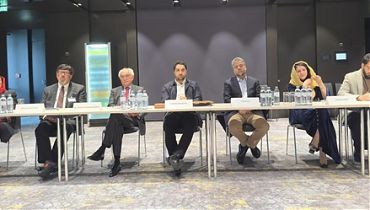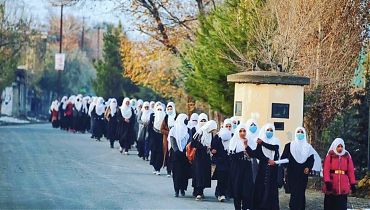
The fifth round of the Vienna talks for a “Democratic Afghanistan” was held amid a deep political, security, and economic crisis in the country, with no signs of significant change in the prevailing situation. The organizers of the event claim that today’s meeting was attended by more than 90 representatives from various political groups and resistance fronts. However, the critical question remains: Can such gatherings—held in Western settings, far from the realities of Afghanistan—bring about tangible change?
Challenges of Legitimacy and Influence
One of the primary criticisms of the Vienna process is its lack of effective connection with Afghanistan’s internal affairs. The attendees of these meetings are mostly in exile, with no real influence over power structures inside the country. Meanwhile, the Taliban, as the ruling force in Afghanistan, not only has no representation in these discussions but has also shown no commitment to accepting their outcomes. This has led to the Vienna process being perceived more as a symbolic dialogue between opposition forces rather than an actionable initiative to change Afghanistan’s future.
Power Vacuum and the Failure to Present a Unified Alternative
One of the main objectives of the meeting was to explore ways to fill the power vacuum in Afghanistan and pave a sustainable path toward peace. However, deep divisions among opposition groups and the absence of a unified strategy remain major obstacles. Figures such as Ahmad Massoud, leader of the National Resistance Front (NRF) and son of Ahmad Shah Massoud, along with Yasin Zia, leader of the Afghanistan Freedom Front, were present at the meeting. However, these figures lack significant influence inside Afghanistan and have yet to propose a comprehensive and practical agreement to counter the Taliban or present a concrete alternative.
A Western-Led Process Without Afghan Public Participation
Another major challenge of the Vienna process is its dependence on Western support and direction. History has shown that any attempt to alter Afghanistan’s political landscape without genuine involvement from people inside the country and key domestic stakeholders is unlikely to succeed. Western countries, which played a central role in governing Afghanistan over the past two decades, now seem to be holding these conferences to maintain a symbolic presence in Afghanistan’s affairs rather than offering a practical solution for the country’s future.
Conclusion: Can Vienna Be a Game-Changer?
While the Vienna meetings emphasize a democratic pathway for Afghanistan, the lack of domestic legitimacy, the Taliban’s absence, the failure to present a practical strategy, and divisions among opposition groups have made this process largely ineffective. If these discussions are to have a meaningful impact, they must go beyond symbolic diplomacy, establish direct engagement with forces inside Afghanistan, and propose a clear and actionable roadmap for the country’s future. Otherwise, Vienna risks becoming another failed initiative in the long list of unsuccessful attempts to rebuild a democratic Afghanistan.




